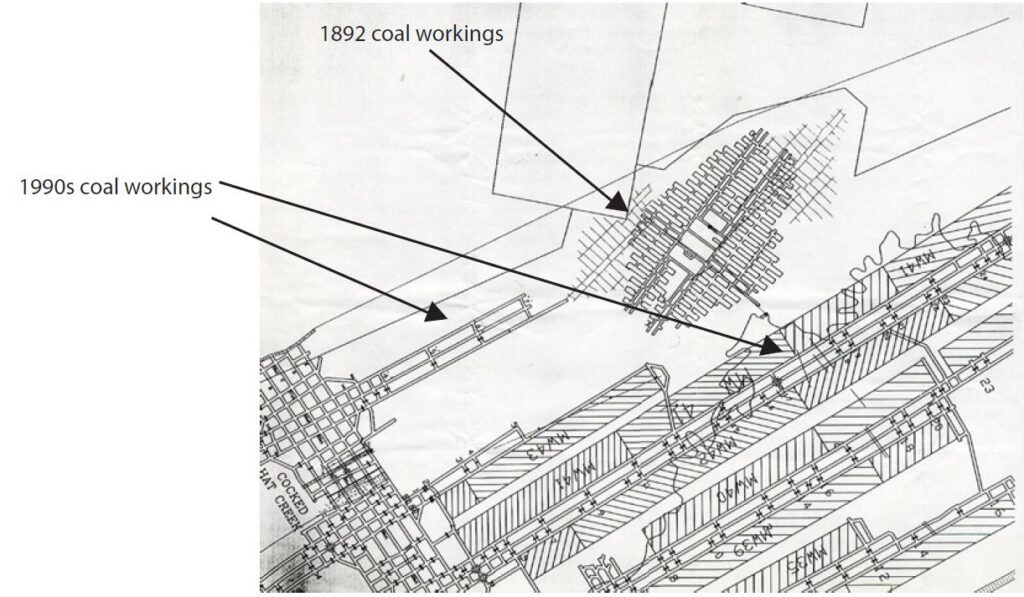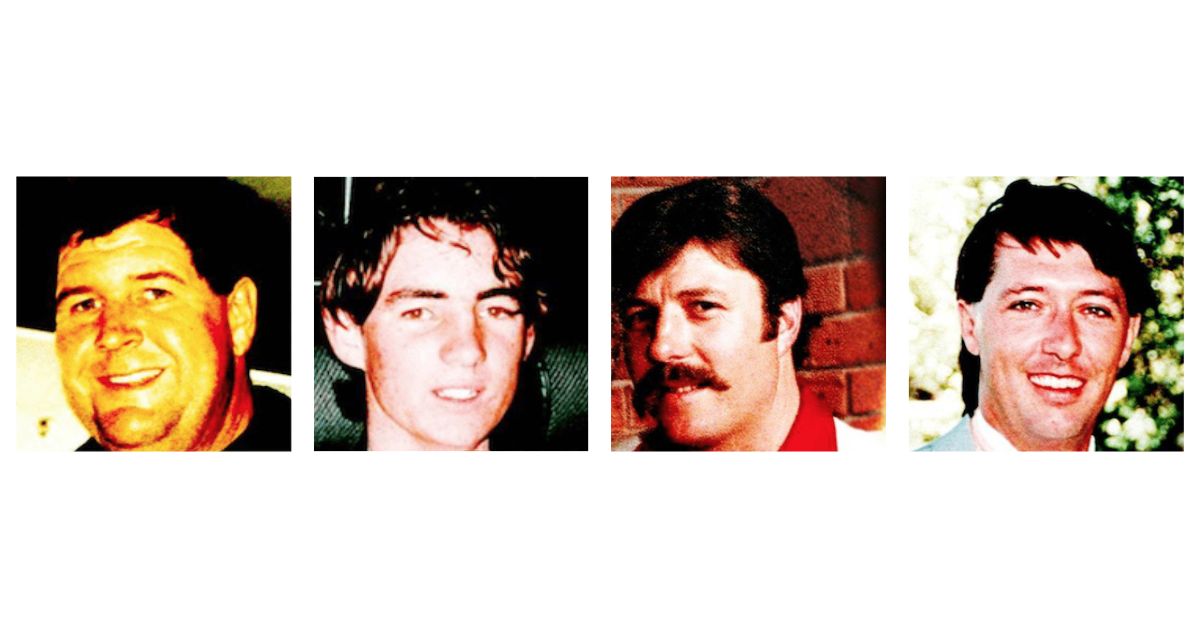November 21, 2024
This month we remembered the disaster at Gretley, one of the most devastating and consequential mining disasters in recent memory.
On 14 November 1996, four mineworkers were killed by an inrush of water at the Gretley coal mine in the Hunter Valley. The tragedy led to the first ever prosecutions over coal mining deaths in NSW.
Edward Batterham, 48; John Hunter, 36; Mark Kaiser, 30; and Damon Murray, 19; were operating a continuous miner when a tremendous force of water rushed into the heading and engulfed them. The 35-tonne continuous miner was swept almost 20 metres down the heading before being jammed against the sides.
Four other workers were underground alongside them, saved only by the fact that they were taking crib at the time of the inrush. The crib room they were in experienced flooding, with the water reaching waist-high before they were able to be evacuated.

The Gretley Mine Inquiry determined that the tragedy was caused by reliance on incorrect plans which misled the workers about their proximity to abandoned, flooded mine workings of the Young Wallsend Colliery.
The Inquiry identified serious shortcomings in the performance of the Department of Mineral Resources, which had approved the plans, the mine owner/operator and individual managers and surveyors.
In particular, the inquiry found that the mine surveyor and managers had failed to research the old workings and depict it accurately on the mine plan. It also found they failed to accurately devise a strategy to prevent an inrush, as well as failing to properly investigate reports of water in the weeks leading up to the disaster.
It recommended that prosecutions be more frequently used as a response to mine disasters and the NSW Government responded by developing a prosecutions policy, a major step forward for the industry.
After a long legal process and union campaign for accountability over the deaths, in 2004 the Gretley mine’s operator Newcastle Wallsend Coal Company and its new owner Xstrata, a mine surveyor and two mine managers were found guilty of breaching the Occupational Health and Safety Act.
Xstrata, who took on liability for the disaster when it purchased the ownership stake, elected to appeal this decision. The convictions would be upheld in late 2006, almost exactly ten years after the disaster.
General President Tony Maher said of the successful prosecutions at the time:
“(It’s) a great relief for the families of the four miners who have had to endure a protracted seven-and-a-half year ordeal in their search for justice.
“It is the first time in the 200-year history of the NSW coal industry that anyone has been convicted for the loss of life despite more than 3,000 miners being killed in the state’s coal mines, some in the biggest disasters in the history of mining.”
The Gretley Inquiry was a precursor to the comprehensive Wran Mine Safety Review, which recommended multiple reforms and led to the establishment of the Mine Safety Advisory Council that operates today.
Following the disaster at Gretley, the Mining and Energy Union began calling for robust industrial manslaughter laws, to ensure those responsible for workers dying on the job are properly held to account. Industrial manslaughter was finally made a crime in NSW in June of this year, with every state bar Tasmania introducing their own laws.

